When I first thought about Baden-Württemberg, Germany, I imagined cuckoo clocks and speedy cars. But after wandering the region, I realized there’s a lot more hiding beyond the tourist clichés.
Baden-Württemberg surprised me with its lively cities, peaceful villages, and jaw-dropping natural landscapes.
From the bustling streets of Stuttgart to the quiet trails of the Black Forest, I found endless ways to fill my days. Every spot felt different—one moment I’d be tasting Swabian food, the next I’d be exploring ancient castles, or just hanging out at markets buzzing with laughter and music.
Germany’s third largest state isn’t just about sightseeing. Traveling here felt like I was uncovering secret corners of Europe that guidebooks often skip. If you think Baden-Württemberg is only clocks and cars, you’ll be in for a treat.

A Tapestry Of Cities: Urban Gems Beyond Stuttgart
Baden-Württemberg’s cities offer way more than most travelers expect. Each place has its own personality, shaped by unique traditions, art, and landscapes.
Stuttgart’s Creative Pulse
Stuttgart is so much more than fast cars—though car fans will still get their fill at the Mercedes-Benz and Porsche museums. The city’s passion for the arts really caught me off guard. It feels like there’s a bold, creative energy running through everything, from its theaters to the Staatsgalerie, which somehow balances classic and modern art.
I saw a ballet at the Stuttgart Opera House that left me speechless. Bohnenviertel, with its cozy cafés and indie shops, became my favorite neighborhood to just wander and soak up the vibe.
Stuttgart weaves together its industrial roots with a forward-thinking culture. Creative minds and scientists mingle here, and it shows. When I visited Bad Cannstatt, I glimpsed the city’s quieter side—historic spas and leafy parks along the Neckar.
Highlights:
- Mercedes-Benz Museum
- Porsche Museum
- Staatsgalerie Stuttgart
- Stuttgart Ballet
- Bad Cannstatt spa district
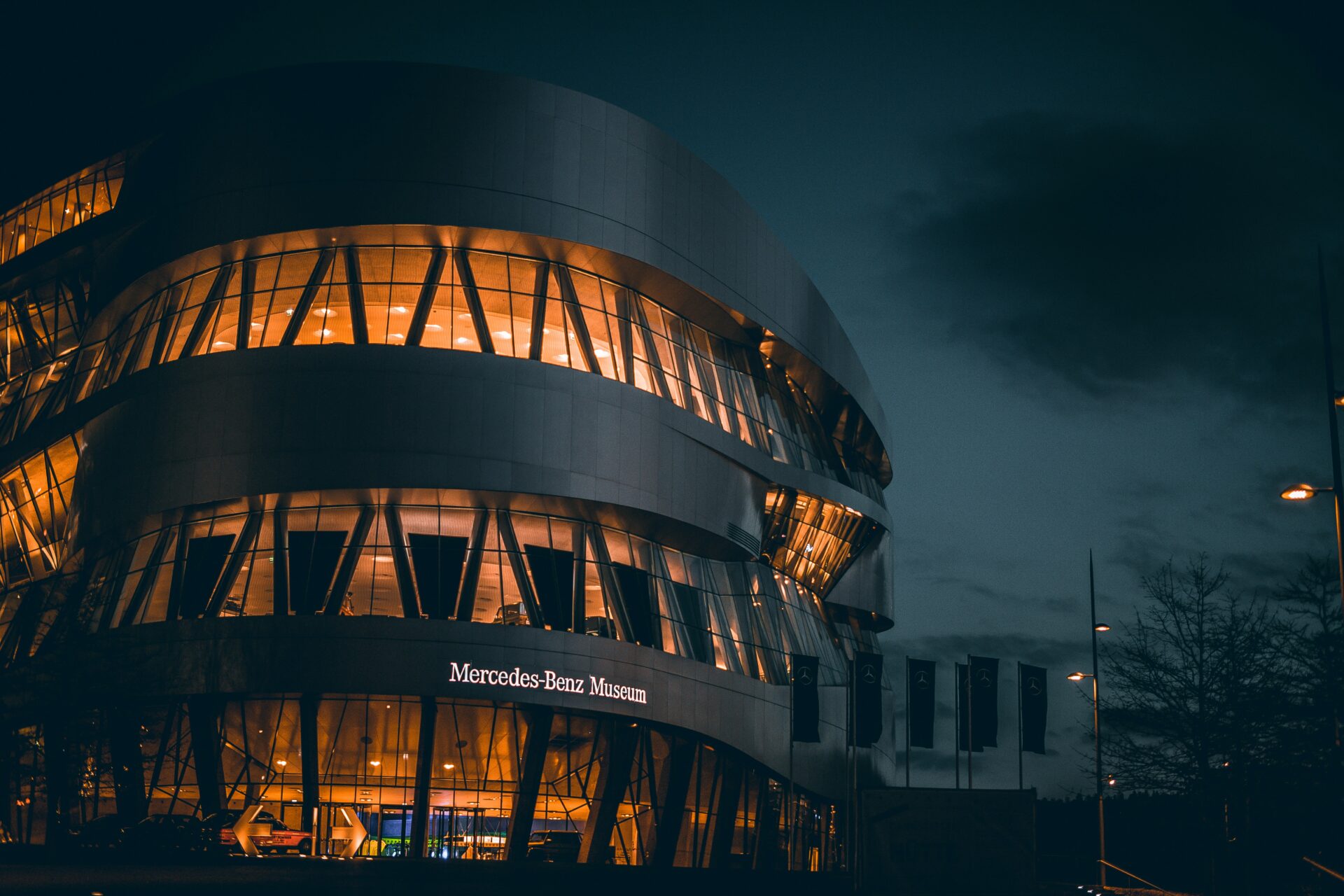
Romantic Heidelberg and Its Castle
Walking through Heidelberg’s Old Town felt like stepping into a fairy tale. Cobblestone streets twist between pastel houses, student cafés, and old bookshops. The city sits under the watchful gaze of Heidelberg Castle, famous for its blend of Gothic and Renaissance styles.
Exploring the castle ruins was a real highlight. From the gardens, I stared out over the Neckar Valley and the rooftops below. Heidelberg’s university brings a youthful buzz, especially around Universitätsplatz, where music spills out from bars.
I’d always suggest Philosophenweg for those sweeping city views. Heidelberg charms with its deep history, romantic feel, and lively streets.
Don’t miss:
- Heidelberg Castle
- Alte Brücke (Old Bridge)
- Uni campus & library
- Philosophenweg for sunset views
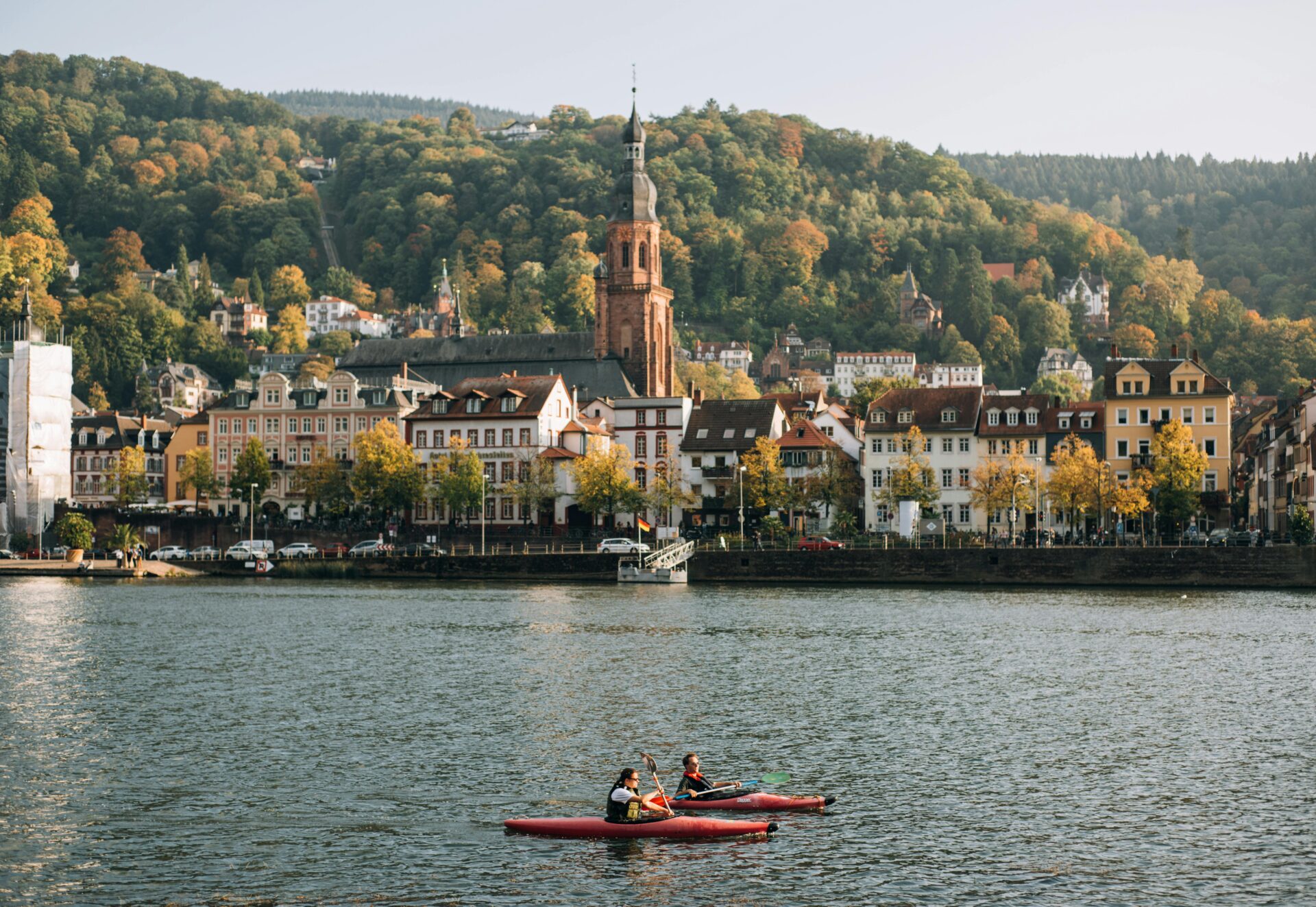
Freiburg’s Eco-Spirit and Minster
Freiburg stands out for its eco-friendly spirit and sunny, easygoing lifestyle. People call it Germany’s “Green City” for good reason—cycling lanes, solar panels, car-free streets, and creative local food are everywhere.
The heart of Freiburg is its Old Town, where the Freiburg Minster towers above open-air markets. I climbed the spire and spotted the Black Forest stretching out in every direction.
Vauban, the city’s eco-district, wowed me with its colorful houses and community gardens. Exploring Freiburg, I got a sense of a place that’s both rooted in the past and looking ahead.
Freiburg essentials:
- Freiburg Minster
- Münsterplatz markets
- Vauban eco-district
- Local bakeries (try a “Lange Rote” sausage)
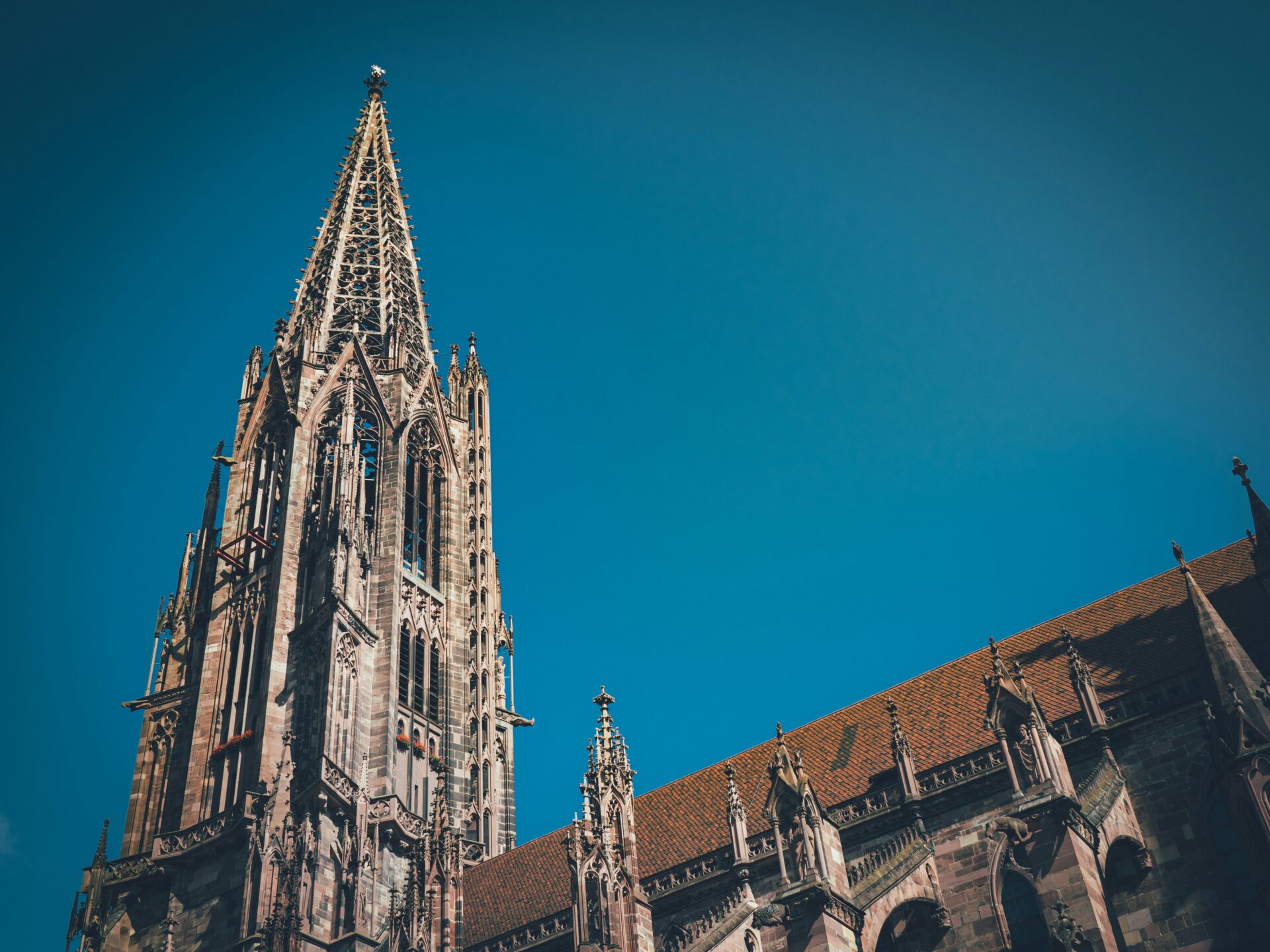
Cultural Strolls Through Tübingen and Ulm
Tübingen charmed me with its timber-framed houses and riverside walks. I wandered hilly streets, watched students punt boats on the Neckar, and lingered in bookshops. The Old Town buzzes with festivals and open-air cafés shaded by old trees.
Not far away, Ulm draws visitors with its record-breaking cathedral—the Ulm Minster boasts the world’s tallest church spire. I climbed all 768 steps for a view that stretched over rooftops to the Alb hills.
Fishermen’s Quarter in Ulm surprised me with its waterside houses, half-timbered bridges, and tiny galleries. Both towns blend youthful energy and centuries of tradition, making every stroll feel like time travel.
Places to explore:
- Tübingen Old Town
- Neckar waterfront
- Ulm Minster
- Fishermen’s Quarter in Ulm
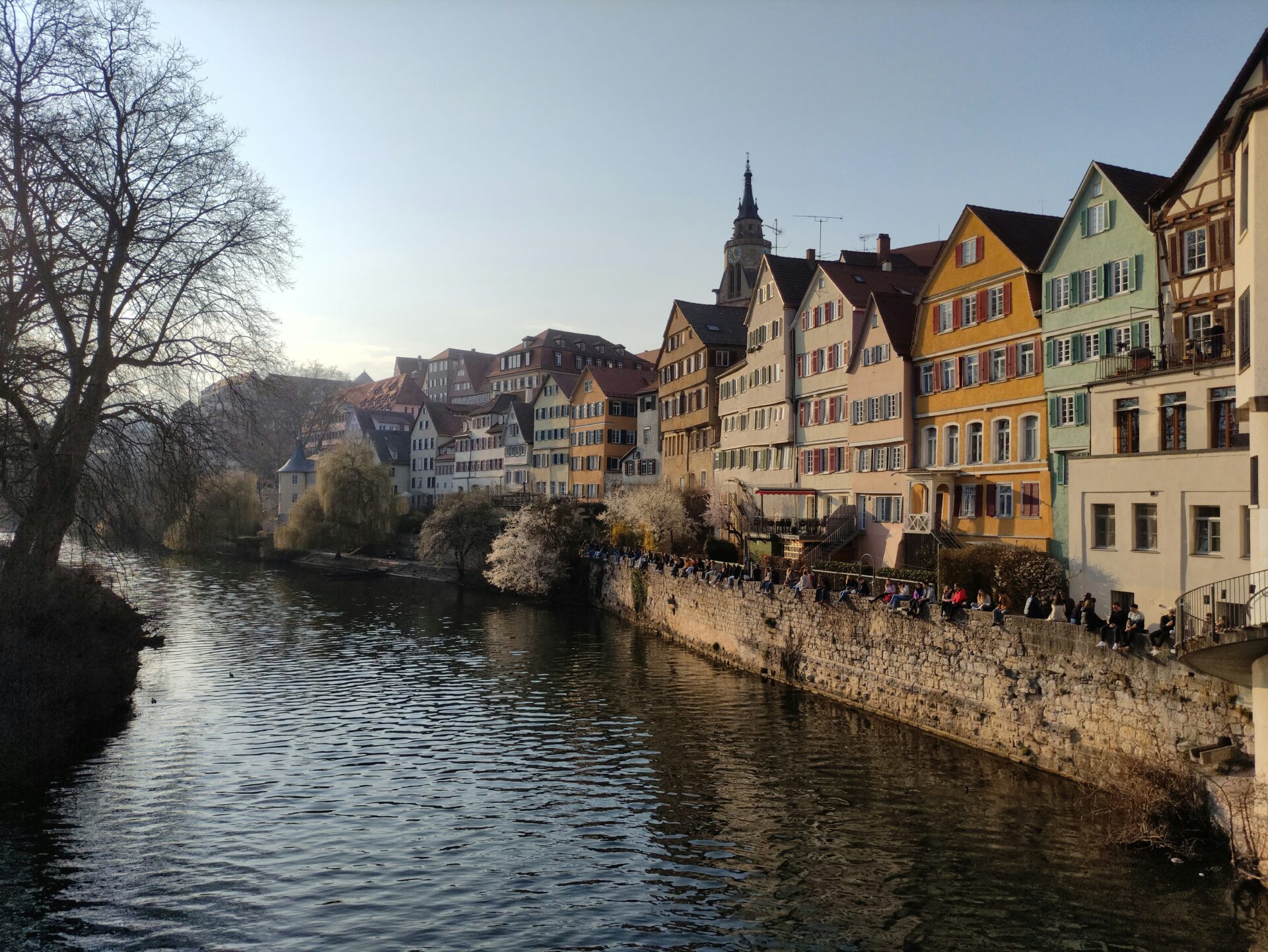
Nature’s Masterpiece: Landscapes, Forests, And The Great Outdoors
If you love wild landscapes and adventure, Baden-Württemberg is a dream. I lost myself in ancient forests, found quiet lakes, and hiked trails that showed off the region’s beauty in every season.
Discovering The Legendary Black Forest
The Black Forest (Schwarzwald) is pure storybook magic. Towering pines, rolling hills, and peaceful villages—it really does look like a painting.
I wandered woodland trails and stumbled across old ruins hidden in the trees. Some mornings, mist curled over the valleys, making everything feel mysterious. I tried real Black Forest cake in a tiny café—honestly, nothing compares to eating it where it was invented.
Outdoor adventures are everywhere. I biked along forest paths, skied gentle slopes in winter, and just sat back to watch sunlight filter through tall trees. The Black Forest’s magic sneaks up on you in its quietest moments.
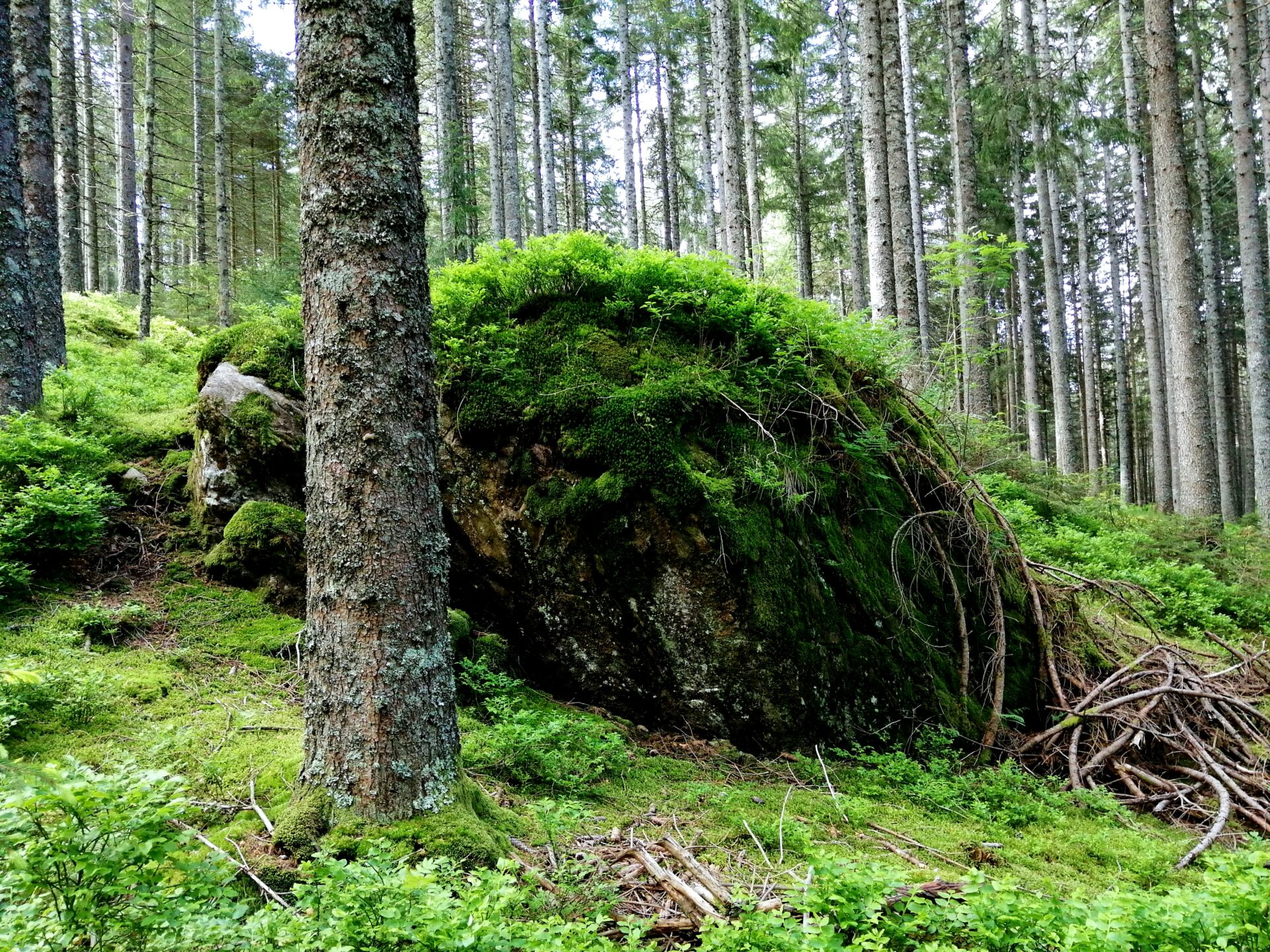
Spectacular Hikes and Swabian Alb Adventures
The Swabian Alb is a rugged, hilly area packed with hiking trails. Limestone cliffs rise above fields and forests, and you’ll find mysterious caves and castles around every corner.
I laced up my boots early and climbed rocky paths for sweeping valley views. Ruined fortresses made great picnic stops, and every twist in the trail brought a new scene worth pausing for.
Cavers and cyclists have plenty to explore too. Schertelshöhle cave wowed me with its underground chambers, while cycling routes meander past farms and villages at a relaxed pace. The Swabian Alb is perfect for anyone craving wild Germany up close.
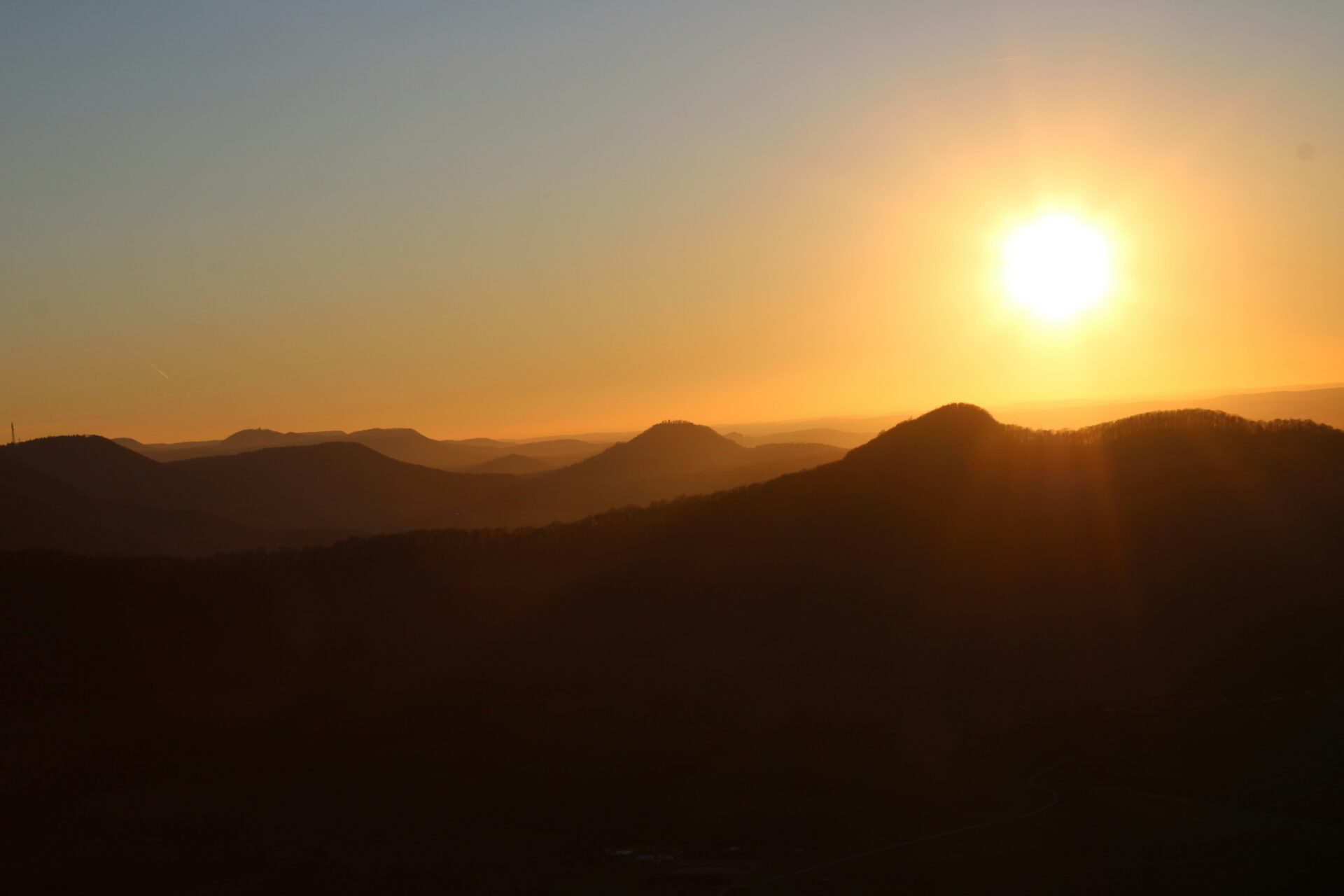
Lakeside Wonders: Lake Constance and Titisee
Lake Constance (Bodensee) is one of the prettiest, calmest places I’ve been. It’s huge—on a clear day, the Swiss Alps seem close enough to touch. Walking the lakeshore or hopping on a boat, I felt right at the crossroads of three countries.
In summer, I joined locals on the beaches, tried kayaking, and spent lazy evenings at lakeside cafés. Meersburg, a medieval town perched above the lake, made for a perfect day trip with its old castle and cobbled streets.
Titisee, smaller and tucked into the Black Forest, has its own charm. I rented a paddle boat, watched ducks drift by, and wandered forest trails that start right at the water’s edge. Both lakes offer peaceful escapes and plenty of outdoor fun.

Danube Headwaters and Hidden Valleys
The Danube’s headwaters begin in Baden-Württemberg, in the quiet town of Donaueschingen. I followed gentle streams and explored green valleys that never show up in travel guides.
Wildflowers burst into color in spring and summer. Walking paths took me past riverside rocks, sleepy villages, and woods where I rarely saw another soul.
Cycling routes follow the Danube as it grows from a trickle to a real river. I found secret picnic spots, watched herons hunt, and felt a rare sense of calm you only get out here.
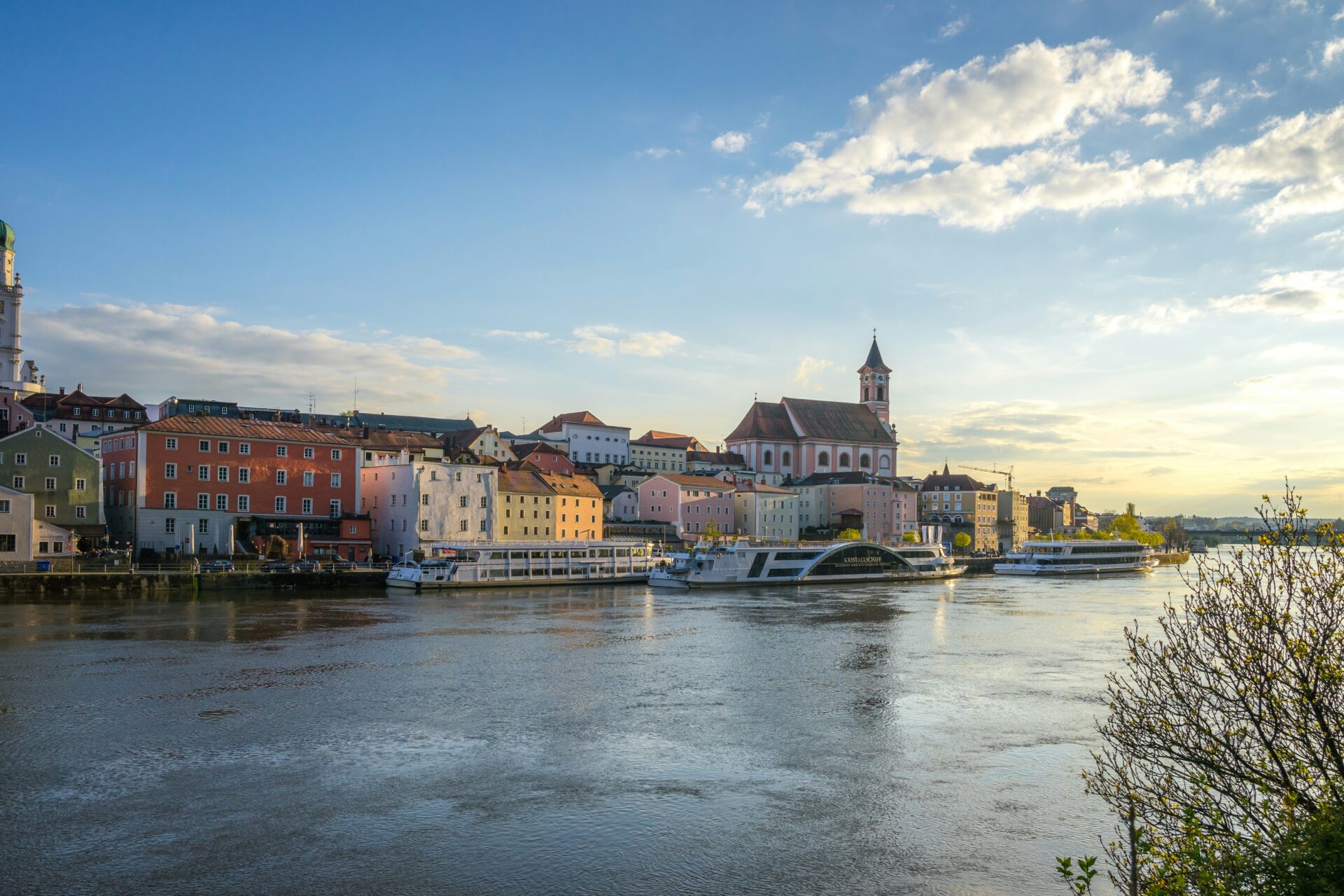
A Culinary Journey: Savoring Swabian Flavors
Baden-Württemberg gave my taste buds a new home. Hearty Swabian dishes, vineyard views, and meals that rival the best in Europe—every bite here felt like a revelation.
Traditional Swabian Specialties
One of the best ways to get to know a place is through its food. In Baden-Württemberg, Swabian cuisine quickly became my go-to comfort. Dishes like Spätzle—soft egg noodles—came smothered in creamy cheese, turning into Käsespätzle that I craved in every city from Stuttgart to Meersburg.
Maultaschen (sometimes called “Swabian ravioli”) are pasta pockets stuffed with minced meat, spinach, and herbs. Locals serve them boiled, fried, or floating in broth, and every version feels like a hug after a day of exploring.
I couldn’t resist the famous Black Forest cake. My first slice in a café near Baden-Baden was pure indulgence—layers of chocolate cake, cherries, cream, and a kick of cherry brandy. For the more adventurous, dishes like Flädle soup (beef broth with pancake strips) or the rare snail soup in Baden offer a taste of the region’s rustic side.
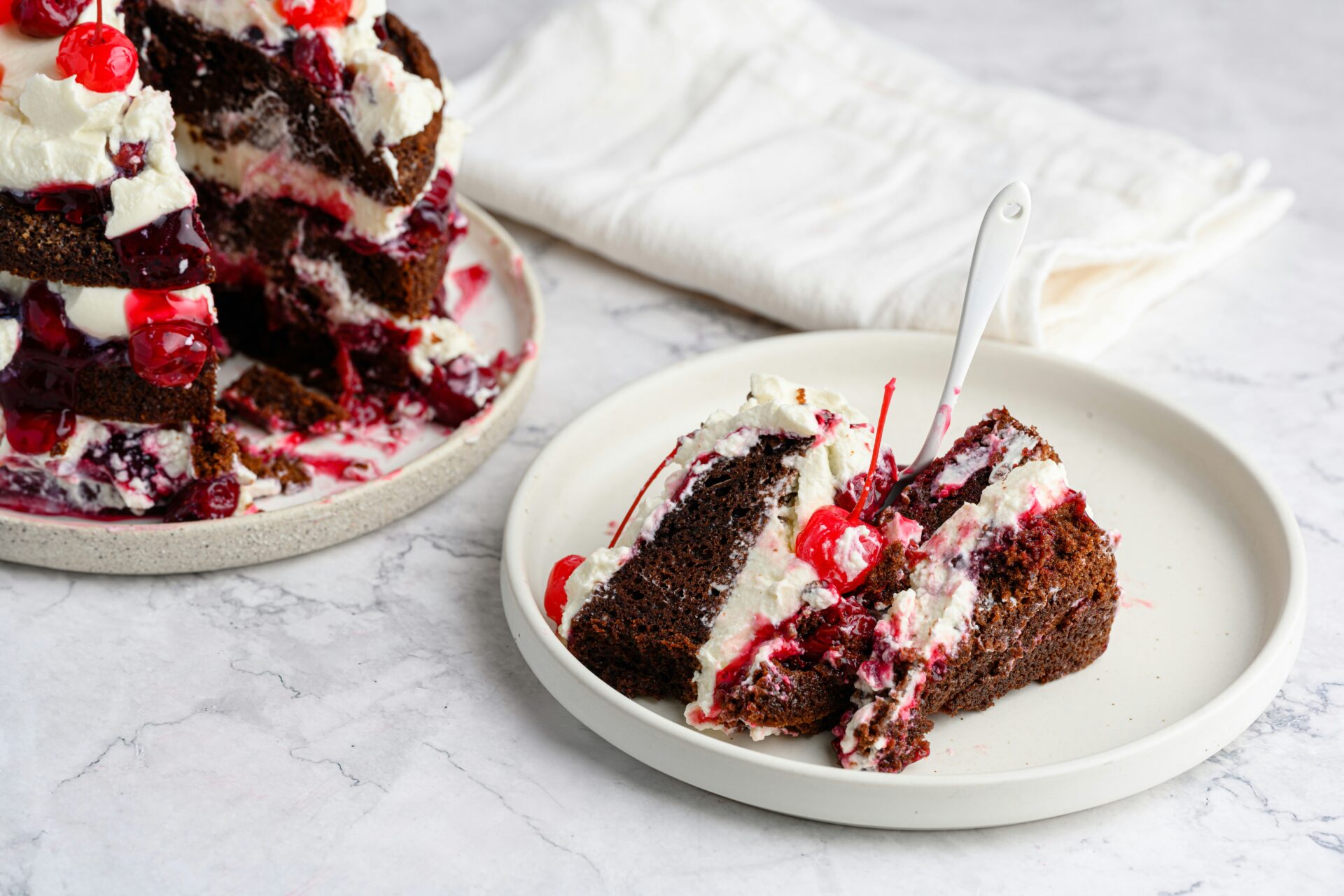
Vineyards And Wine Festivals
Baden-Württemberg’s vineyards sprawl over gentle hills, especially around towns like Meersburg overlooking Lake Constance. I loved wandering the vineyard trails, where rows of grapes stretch for miles. The warm climate is perfect for Riesling, Pinot Noir, and Trollinger.
Wine festivals became the highlight of my visits, especially in autumn. Cobblestone streets and castle courtyards fill with live music and generous tastings. I chatted with family winemakers in tiny towns, discovered new favorites, and learned a few food pairings along the way.
The festive mood—cheers echoing between old stone walls—makes every glass taste better. Many vineyards offer cellar tours, so it’s easy to lose an afternoon sipping wine with a view of the hills or the lake.
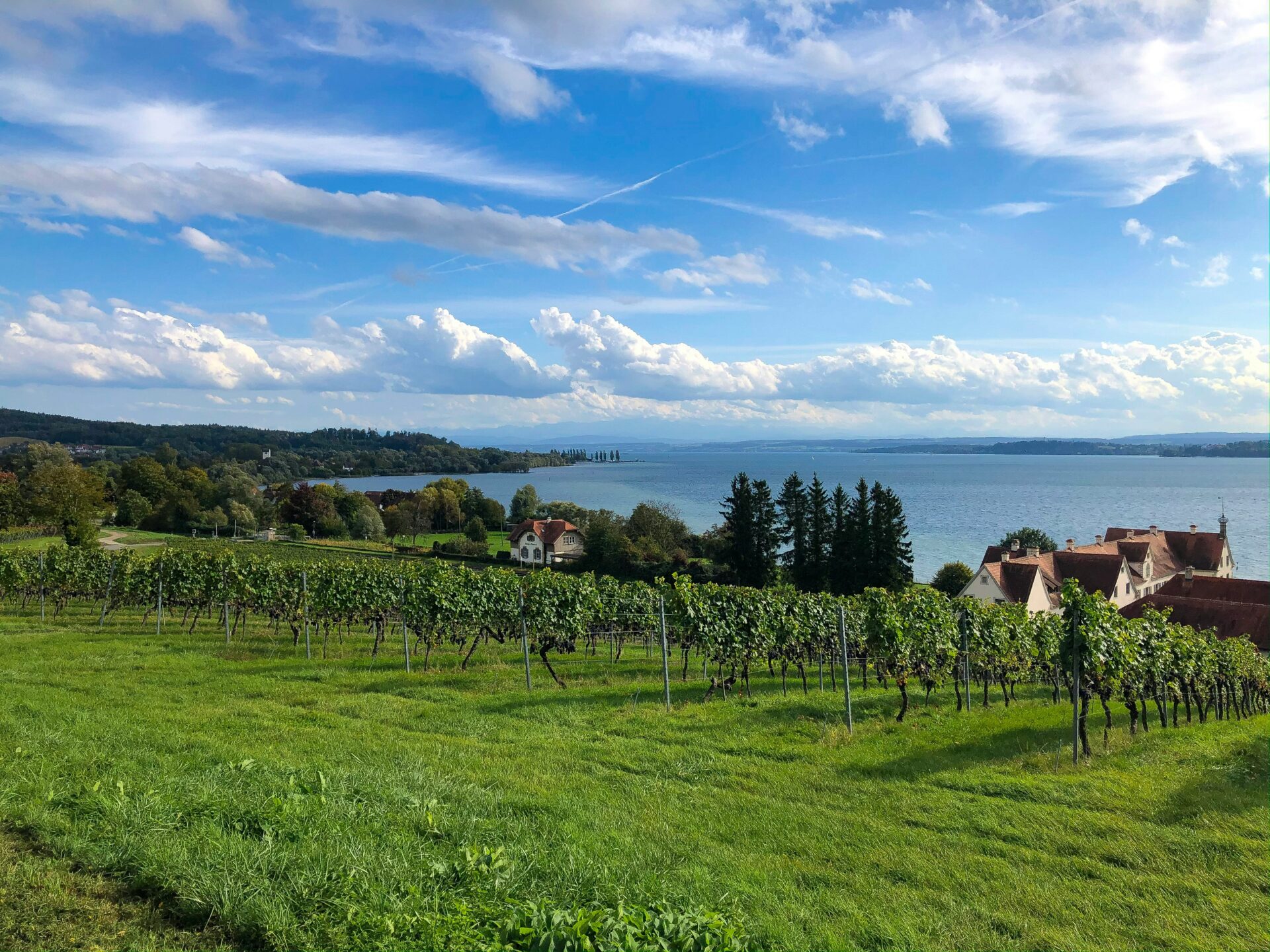
Michelin-Starred Restaurants
I didn’t expect Baden-Württemberg to have more Michelin-starred restaurants than anywhere else in Germany, but it does. Cities like Baden-Baden are famous for fine dining, but even tiny villages have kitchens that wow.
What I loved most was how chefs take traditional Swabian flavors and give them a modern twist. Menus feature inventive Spätzle, creative fish dishes, and desserts inspired by Black Forest cake. Most places focus on local produce and seasonal ingredients.
Here’s a taste of what I found:
| Town | Restaurant | Specialty |
|---|---|---|
| Baden-Baden | Brenners Park-Restaurant | French-Swabian fusion |
| Baiersbronn | Schwarzwaldstube | Modern takes on classics |
| Stuttgart | Wielandshöhe | Creative regional dishes |
Dining at these spots felt special but never stuffy. It’s easy to dress up and enjoy a tasting menu, knowing you’re somewhere that genuinely cares about food—from the first bite to dessert.

Timeless Heritage: Castles, Palaces, And Storybook Towns
Baden-Württemberg feels like walking through the pages of a favorite storybook. Every corner brims with old castles, lively open-air museums, and towns that let me wander through living history.
Opulent Palaces and Royal Residences
I just couldn’t resist exploring the palaces scattered across Baden-Württemberg. The region bursts with regal landmarks from all sorts of eras.
Ludwigsburg Palace, known as the “Swabian Versailles,” honestly wowed me with its golden halls and sprawling gardens. Wandering through its rooms, I felt like I’d stumbled onto a movie set—seriously, it’s that grand.
Heidelberg Castle stands above the Neckar River, partly in ruins, which gives it this romantic, almost haunting charm. Every visit surprises me with the mix of Renaissance and Gothic styles.
It’s not just about the architecture, though. The views of the old town below? Absolutely breathtaking.
Inside these palaces and castles, I found small but fascinating museums. They display everything from royal carriages to porcelain collections.
Each museum reveals a piece of the state’s deep cultural heritage.
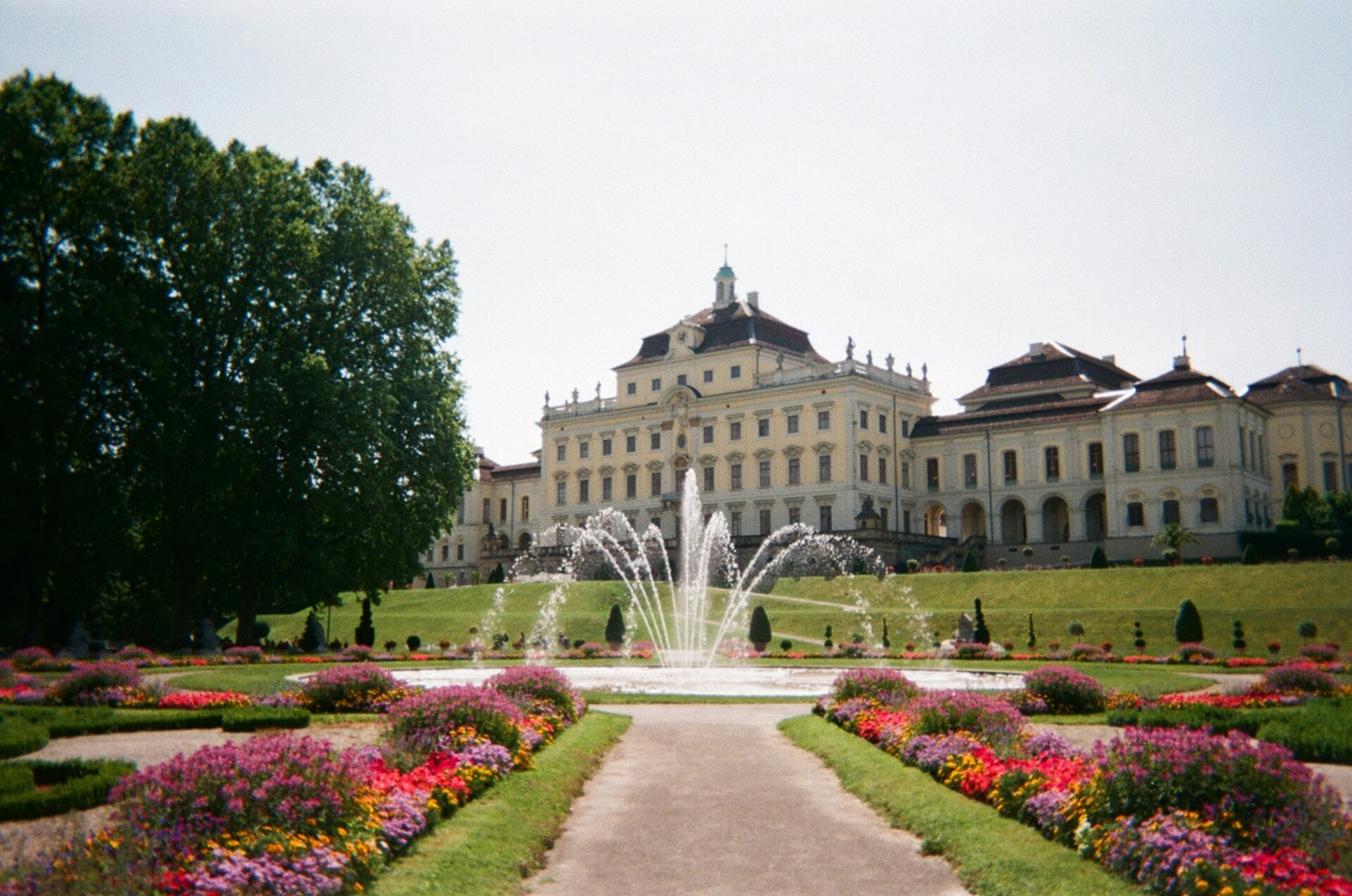
Open-Air Museums and Living History
One of my favorite ways to really get into the region’s history was by visiting its open-air museums. The Black Forest Open-Air Museum Vogtsbauernhof let me step inside old farmhouses and mills.
I watched craftspeople at work—blacksmiths hammering away, bakers pulling bread from wood-fired ovens. It felt authentic in a way that’s hard to describe.
Guided tours, seasonal fairs, and workshops brought history to life. Kids joined in hands-on activities, learning how to make cheese or weave baskets.
The details in these museums made everything personal. I could almost see families living here, centuries ago.
If you’re into rural life or folk traditions, these museums offer an authentic, interactive peek into the past. Experiencing the rhythm of old village life felt almost magical.
I walked away with a deeper respect for Baden-Württemberg’s heritage.
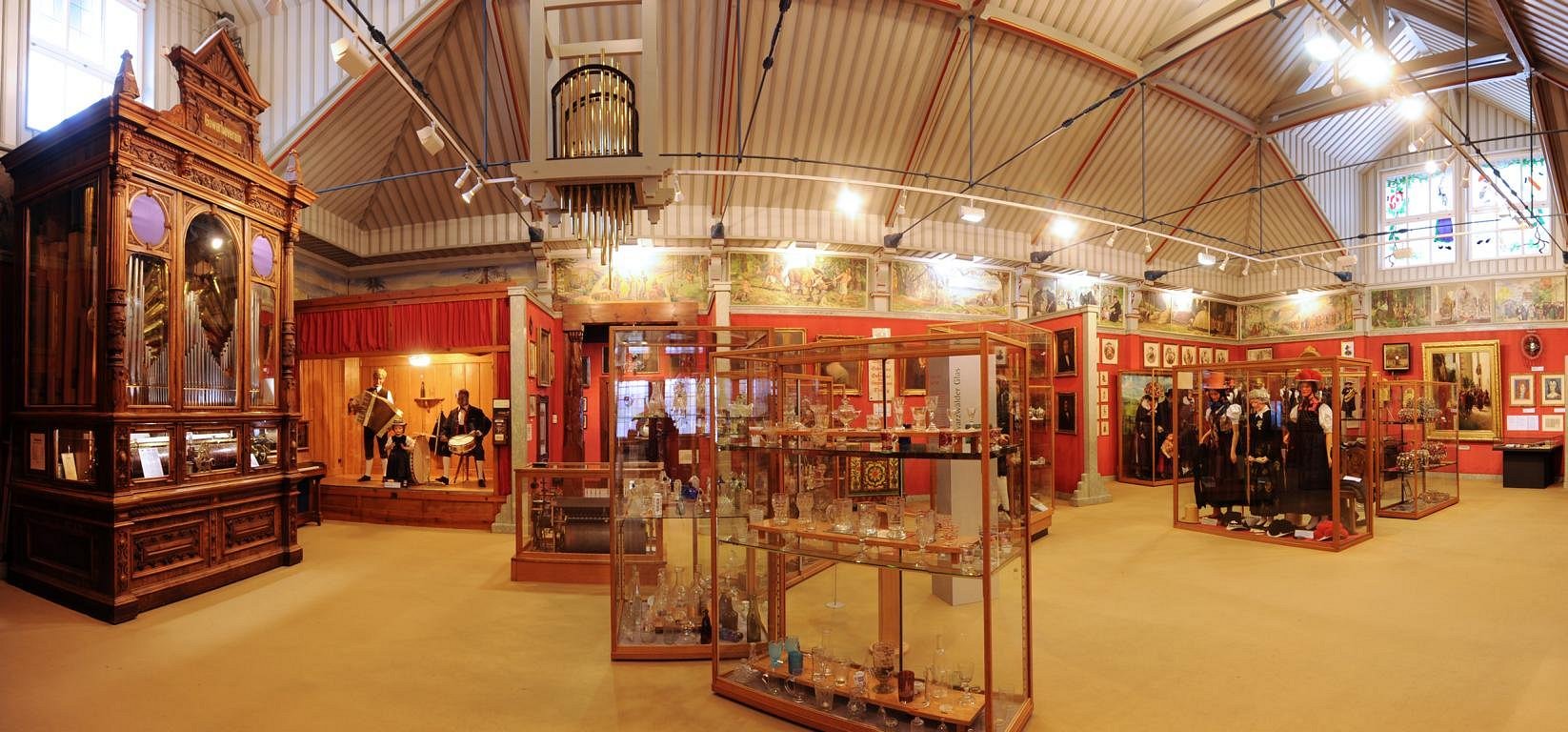
Picturesque Ruins and Timeless Old Towns
Everywhere I turned in Baden-Württemberg, castle ruins peeked out from hills and forests. Hohentwiel Fortress, the region’s largest castle ruin, became an unexpected highlight for me.
Its ancient walls and sweeping views of Lake Constance drew in history fans and photographers alike.
Wandering into towns like Schwäbisch Hall or the half-timbered lanes of Tübingen, I got swept up by how well-preserved each old town feels.
Colorful facades, cobbled streets, and cozy cafés created that fairytale vibe. Many of these towns host lively markets and festivals, blending tradition with a modern, welcoming spirit.
Here’s a quick list of some must-see cultural heritage spots:
| Place | Type | Highlight |
|---|---|---|
| Ludwigsburg Palace | Palace | Baroque interiors, vast gardens |
| Heidelberg Castle | Castle (ruin) | Romantic ruins, river views |
| Hohentwiel Fortress | Ruin | Massive stone walls, panoramic outlook |
| Black Forest Open-Air Museum | Museum | Reconstructed farms, live crafts |
| Schwäbisch Hall | Old Town | Medieval charm, museums |
| Tübingen | Old Town | Riverfront, half-timbered houses |
Exploring these places, I felt like every step connected me to the stories and people who shaped Baden-Württemberg.
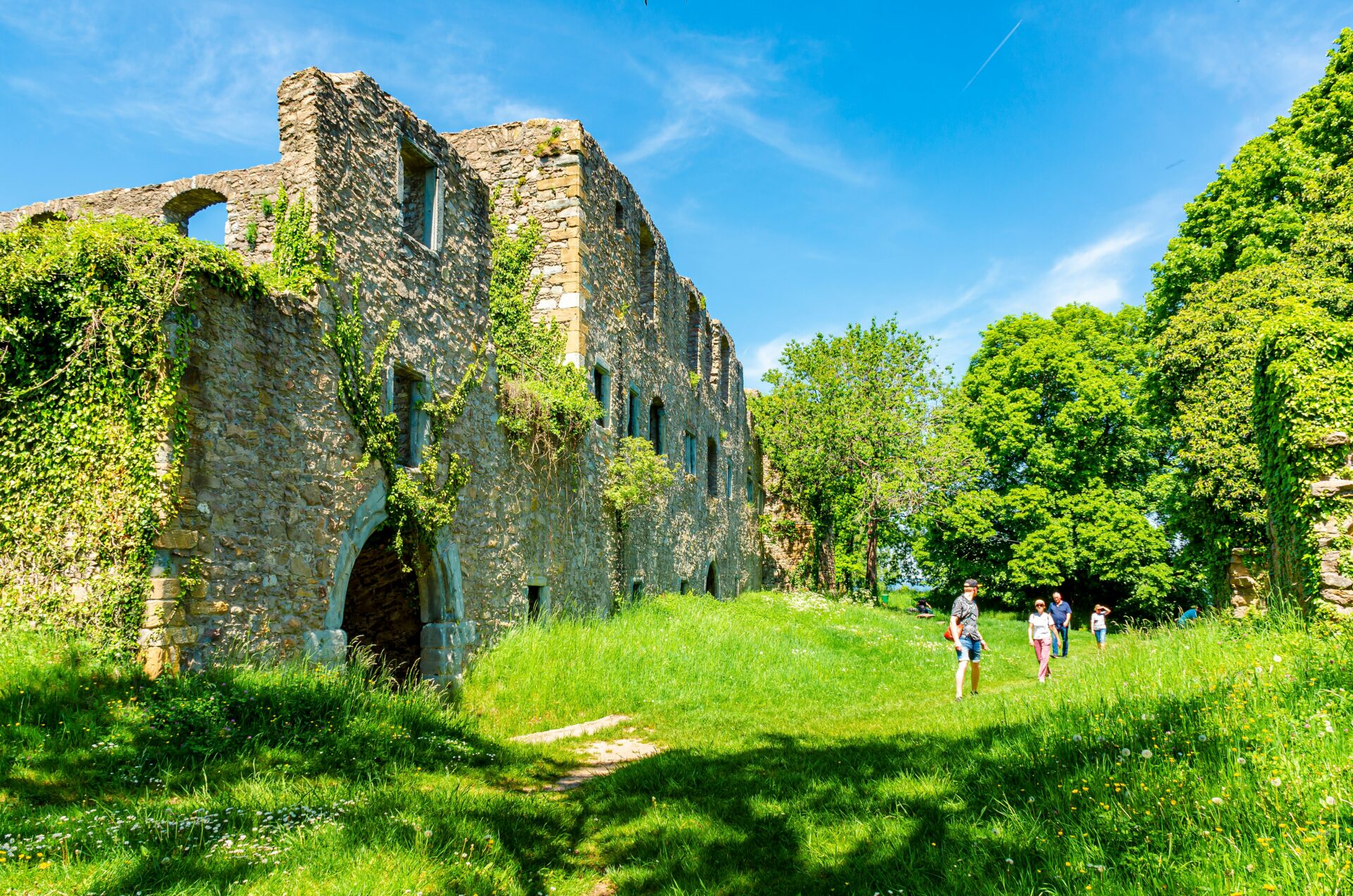
Tips For Exploring Baden-Württemberg Like A Local
It’s tempting to stick with the big tourist spots, but honestly, the best moments happen when you slow down, savor each meal, and soak up the laid-back blend of culture and nature. Getting around smoothly means knowing the best ways to travel, timing your visit just right, and making time to relax like the locals.
Getting Around And Local Transport
Public transport in Baden-Württemberg covers pretty much every corner. I hopped on regional trains (S-Bahn and Deutsche Bahn) to reach smaller towns and hidden Black Forest spots without stress.
Trains run clean, usually on time, and schedules are easy to find at every station.
Tip: Grab a regional train pass like the Baden-Württemberg Ticket. It lets you travel all day on local buses and trains at a great price.
Buses fill the gaps where trains don’t go. In cities like Stuttgart, trams and buses make getting to museums, car factories, and parks simple.
A lot of locals bike or walk, especially in the compact historic centers. I loved wandering cobblestone streets in towns like Tübingen and Heidelberg.
If you want to visit vineyards or more remote sights, renting a car gives you freedom. But honestly, I stuck to public transport and hardly ever felt limited.

Best Times To Visit And Must-See Attractions
Spring and early autumn bring the best weather—sunny days, mild temps. Local farmers’ markets pop up everywhere, selling fresh produce and homemade cheese.
I made sure to visit the Black Forest in May for clear hiking trails and hardly any crowds.
Attractions not to miss:
- Stuttgart’s Mercedes-Benz and Porsche Museums
- Wilhelma Zoo and Gardens
- The old town of Heidelberg
- Lake Constance for lakeside relaxation and water sports
- Baden-Baden’s historic spa quarter for classic thermal baths
Late September and October mean wine festivals all over the region. Tasting a crisp Riesling at a vineyard with locals is honestly one of my favorite Baden-Württemberg traditions.
If you don’t love crowds, avoid the busy summer—though even then, the Black Forest still offers plenty of quiet woodland escapes.
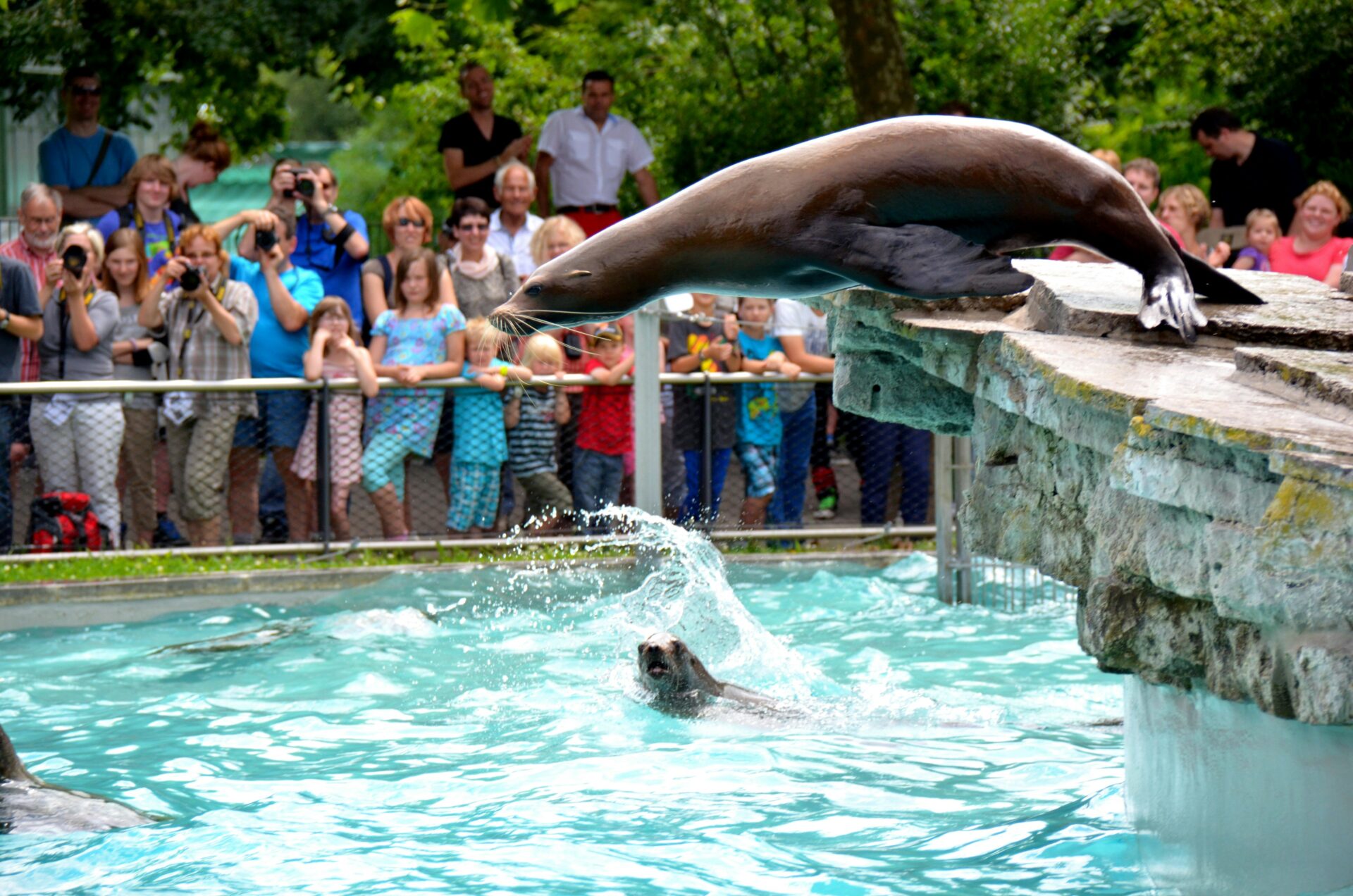
Outdoor Pursuits And Relaxation Hotspots
Baden-Württemberg feels like paradise if you love the outdoors.
The Black Forest offers miles of marked trails, plenty of waterfalls, and some pretty stunning viewpoints. I found trails for every skill level. Some wind through little villages with cuckoo clock workshops; others head deep into the woodland where it’s just you and the trees.
Looking for relaxation? You really can’t skip Baden-Baden.
The town’s thermal baths have earned their world-famous reputation. I spent a whole afternoon soaking in the warm mineral pools. It felt even better after a lazy morning wandering the gardens and the old town.
You’ll find other great relaxation spots, like:
- Lake Constance beaches and lakeside bike paths
- Mineral spas in Bad Wildbad and Bad Dürrheim
- Picnic spots at Schluchsee and Titisee
Take your time and grab a slice of Black Forest cake at a local café. I think it tastes best after a spirited morning hike or maybe a calming dip in the springs.

